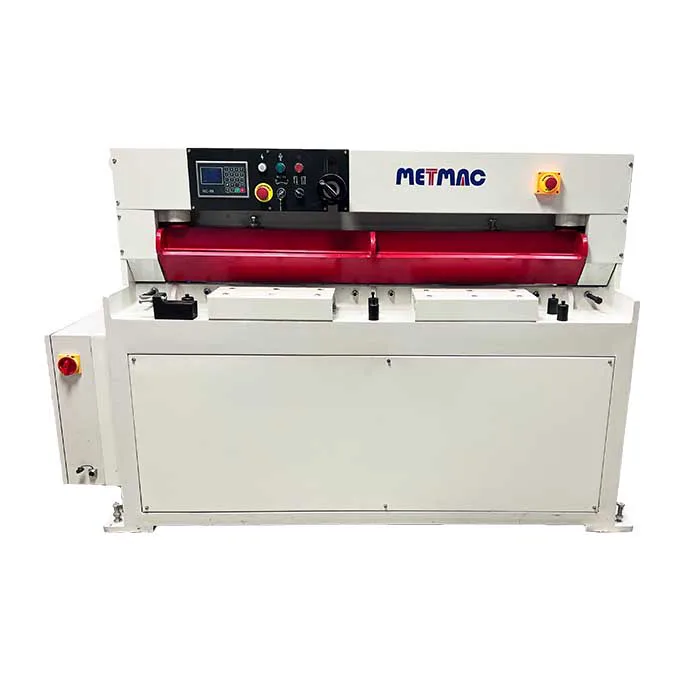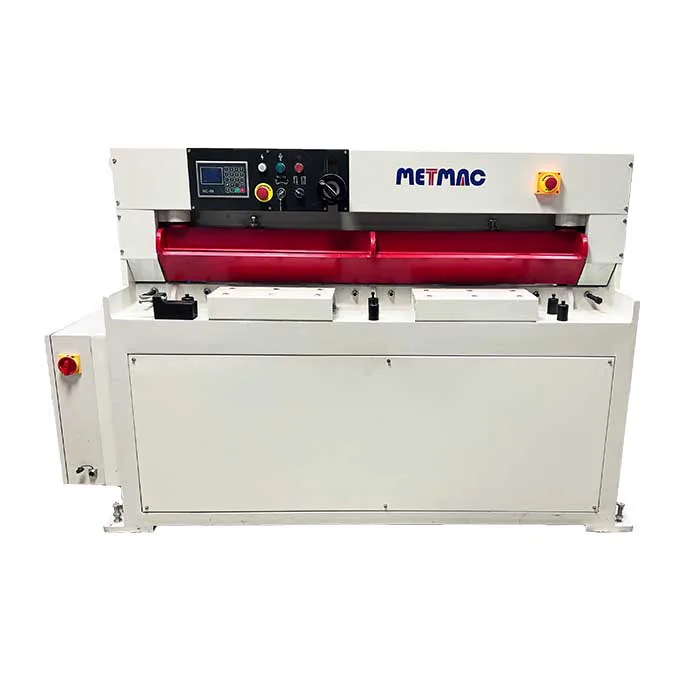
The Future of Sheet Metal Press Brake Manufacturing
- By:Metmac
- 2024-06-11
- 157
In the ever-evolving landscape of manufacturing, sheet metal press brakes remain indispensable tools for shaping metal into intricate forms. As technology continues to advance, the future of sheet metal press brake manufacturing promises a host of transformative innovations that will enhance efficiency, precision, and versatility.
Automation and Robotics
Automation and robotics are poised to revolutionize the press brake industry. Automated systems can perform repetitive tasks with exceptional speed and accuracy, reducing human error and increasing productivity. Robots can handle complex geometries and heavy loads, enabling manufacturers to produce intricate parts with greater ease.
Enhanced Sensors and Control
Advanced sensors and control systems will play a vital role in future press brakes. These sensors can monitor factors such as sheet thickness, material properties, and bending angle, providing real-time feedback to the machine’s controls. This enables precise control over the bending process, resulting in improved part quality and reduced material waste.
Advanced Materials and Processes
New materials and processes are emerging to push the boundaries of press brake capabilities. Lightweight yet durable composites, for instance, can reduce the weight of press brakes while maintaining their strength. Additive manufacturing techniques can create complex parts that were previously impossible to produce with traditional methods.
Predictive Maintenance and Diagnostics
Proactive maintenance strategies will become increasingly important in the future. Advanced sensors and data analytics can identify potential problems before they occur, enabling manufacturers to schedule maintenance and avoid costly downtime. Remote diagnostics tools will allow technicians to monitor and troubleshoot machines from afar, reducing service time and costs.
Customization and Flexibility
The future of sheet metal press brake manufacturing will emphasize customization and flexibility. Modular designs will enable manufacturers to configure machines to meet their specific needs, while flexible tooling systems will allow for rapid changeovers between different bending operations.
Data-Driven Decision Making
Data collection and analysis will become essential for optimizing press brake performance. Manufacturers can leverage historical data to identify bottlenecks, improve processes, and make data-driven decisions to enhance efficiency and profitability.
Sustainability and Energy Efficiency
Environmental concerns will continue to shape the press brake industry. Manufacturers are focusing on developing machines that are more energy-efficient and environmentally friendly. By adopting renewable energy sources and reducing waste, future press brakes will contribute to a more sustainable manufacturing ecosystem.
Conclusion
The future of sheet metal press brake manufacturing is bright with promise. By embracing automation, advanced sensors, new materials, predictive maintenance, customization, data analysis, and sustainability, manufacturers will unlock a world of possibilities. These innovations will not only enhance productivity and efficiency but also enable the production of more complex and innovative sheet metal components.
-
Sheet Metal Machinery for Sale: Elevate Your Fabrication Capabilities with METMAC
2025/11/26 -
Laser Sheet Cutting Machine: Redefining Precision with METMAC Technology
2025/11/26 -
Sheet Shearing Machine: Achieving Unmatched Precision and Efficiency with METMAC
2025/11/26 -
Sheet Metal Forming Machine: The Art of Precision with METMAC Technology
2025/11/26
-
Advanced Sheet Metal Rolling, Laser Cutting, and Folding Machines for Precision Fabrication
2025/10/31 -
High-Performance Sheet Metal Bending and Cutting Machines for Modern Fabrication
2025/10/31 -
High-Quality Sheet Metal Equipment for Sale: Efficient Solutions for Modern Manufacturing
2025/10/31 -
High-Performance Sheet Metal Equipment for Sale: Forming and Shearing Solutions for Modern Fabrication
2025/10/22
-
Understanding the Role and Function of Steel Strip Slitting Machines
2024/05/11 -
Maintenance Tips for Longevity of HVAC Duct Machines
2024/05/11 -
Innovations in Steel Strip Slitting Machine Design and Technology
2024/05/11 -
Improving Accuracy in Metal Fabrication with Laser Metal Shear Machines
2024/05/11
-
A Guide to the Latest Innovations in Sheet Metal Folding Machines
2024/11/29 -
Key Features to Consider When Investing in a Sheet Metal Folding Machine
2024/11/28 -
Enhancing Precision with Advanced Sheet Metal Folding Machines
2024/11/27 -
How to Choose the Right Sheet Metal Folding Machine for Your Workshop
2024/11/26







